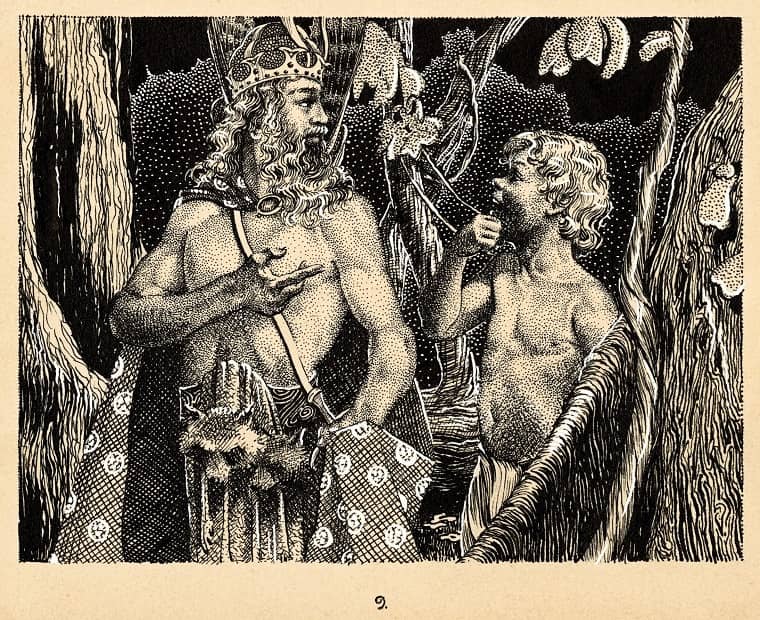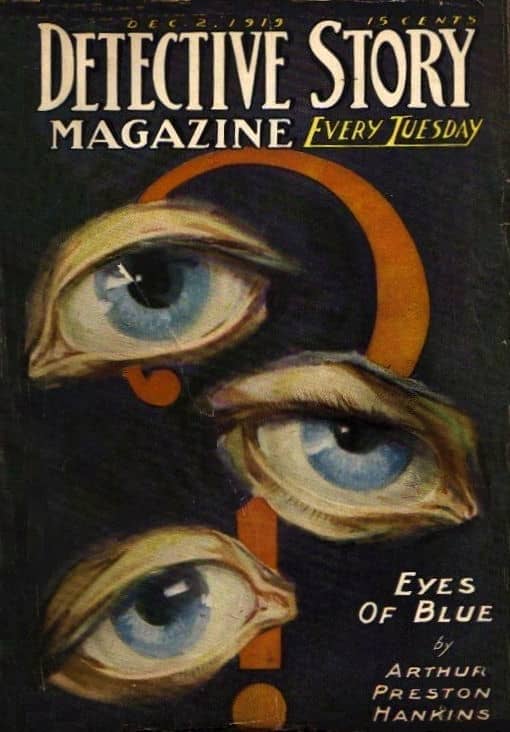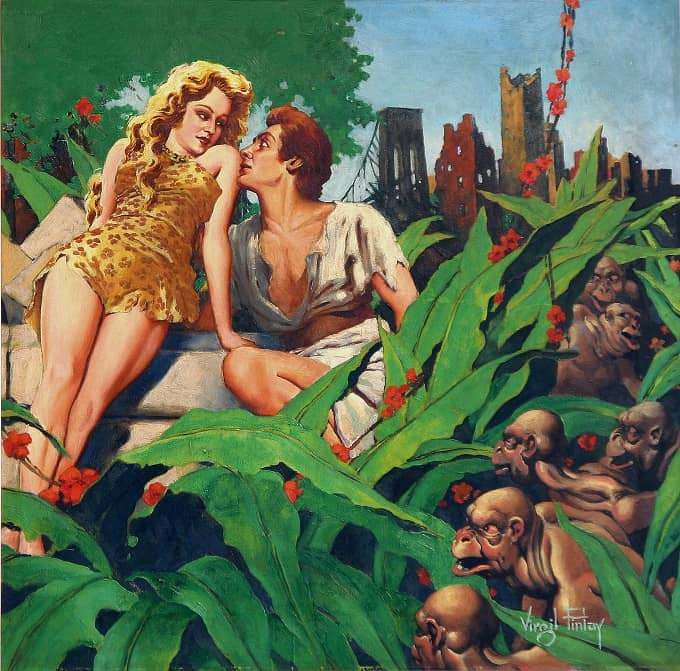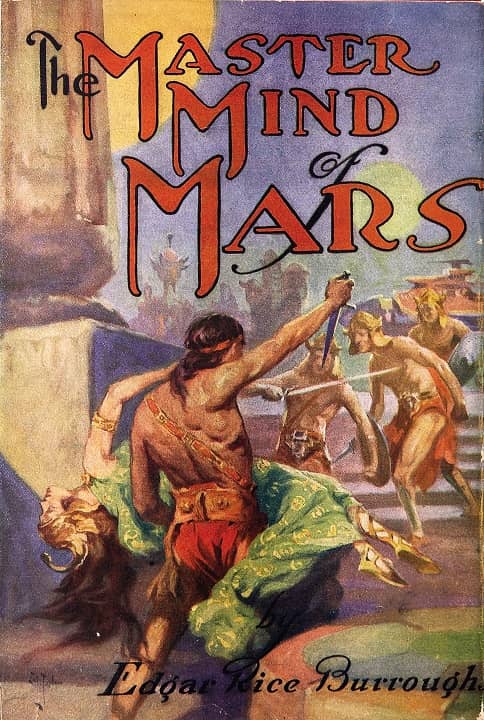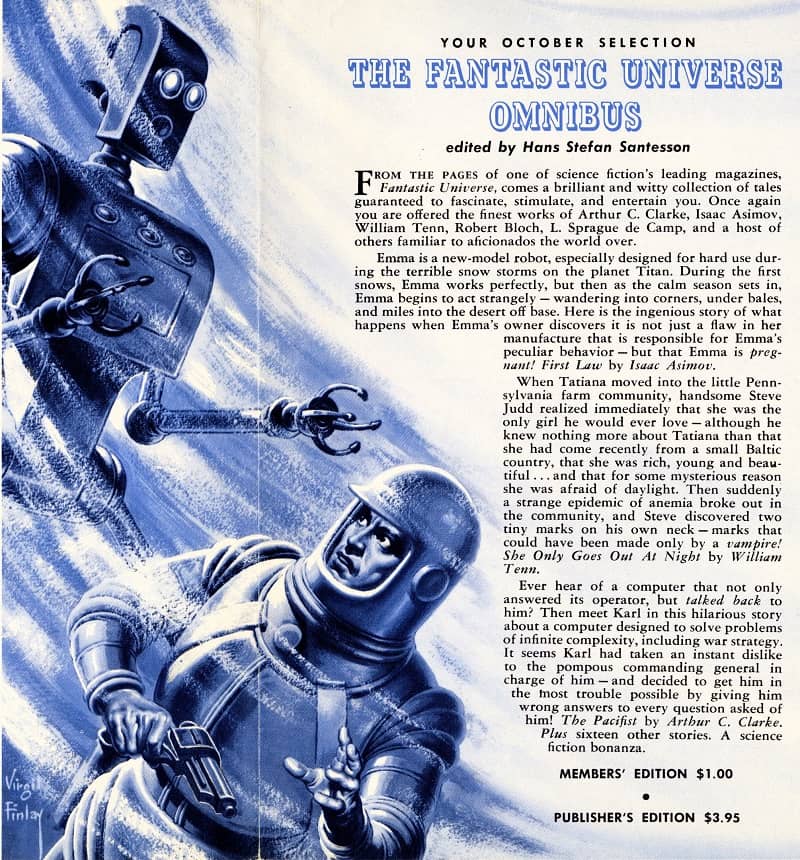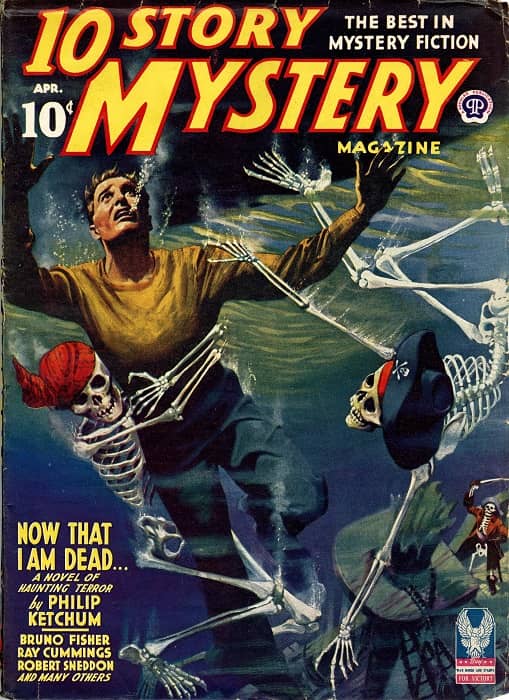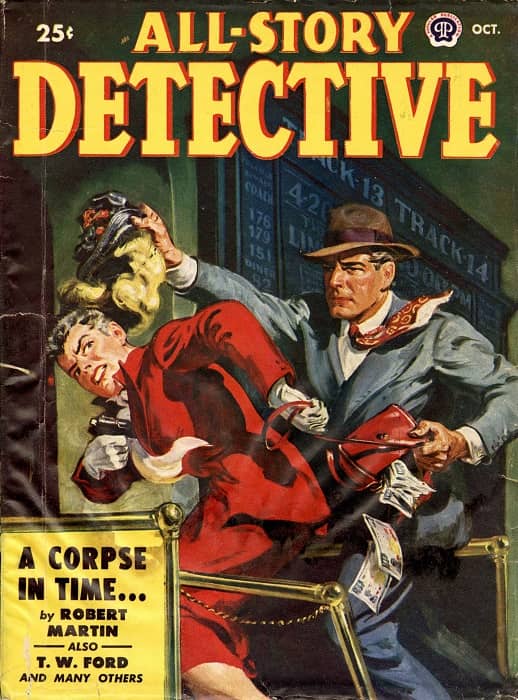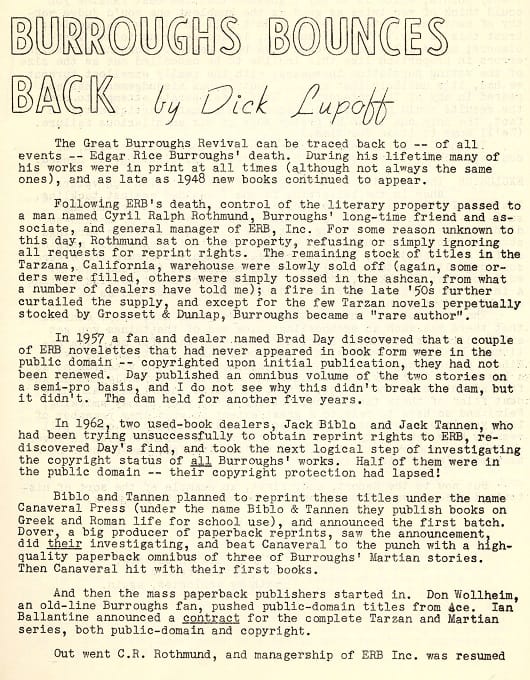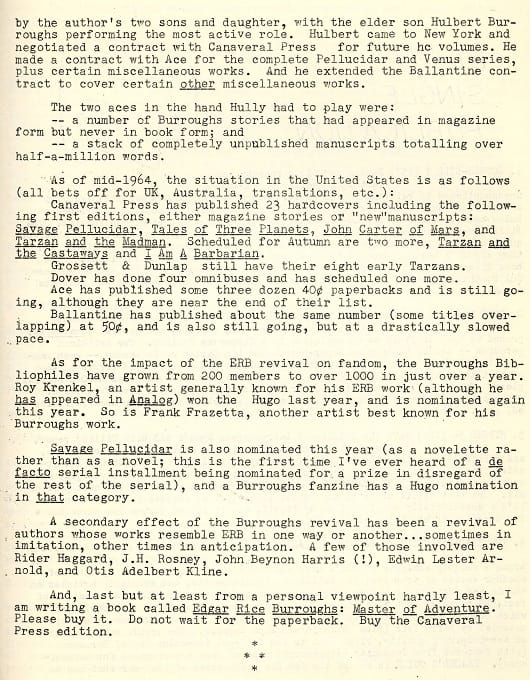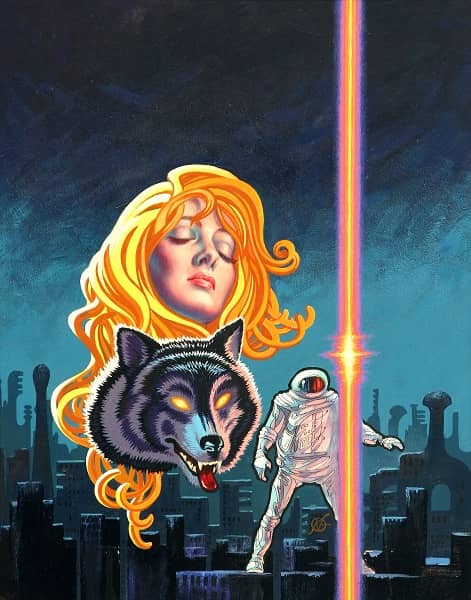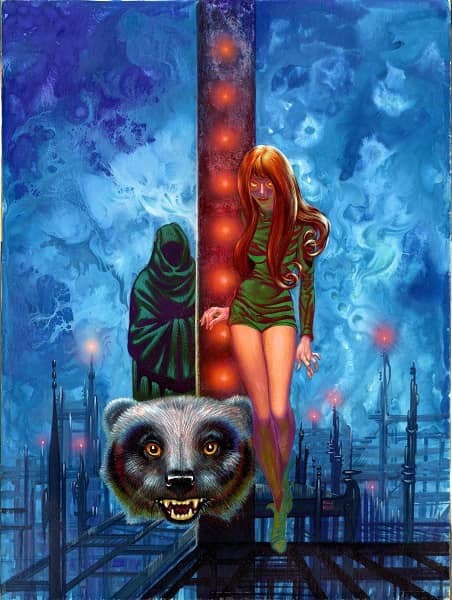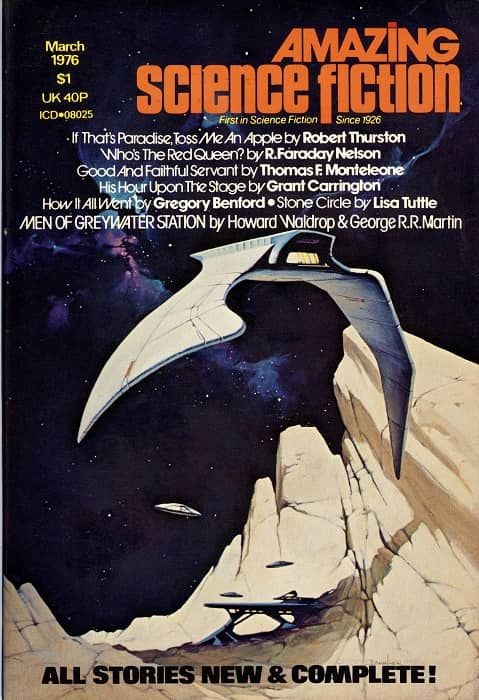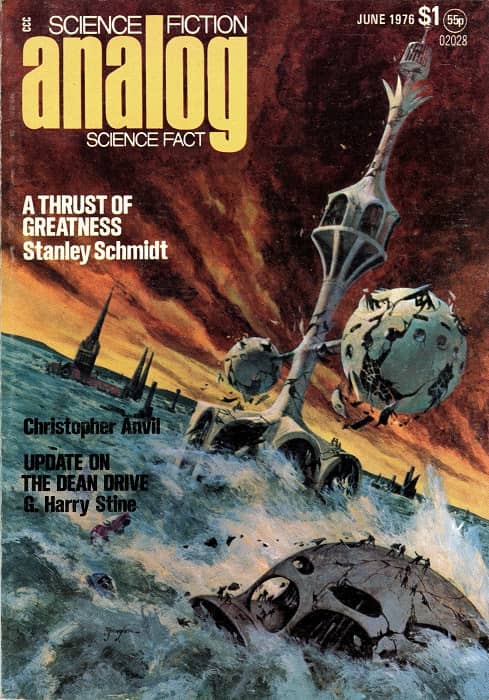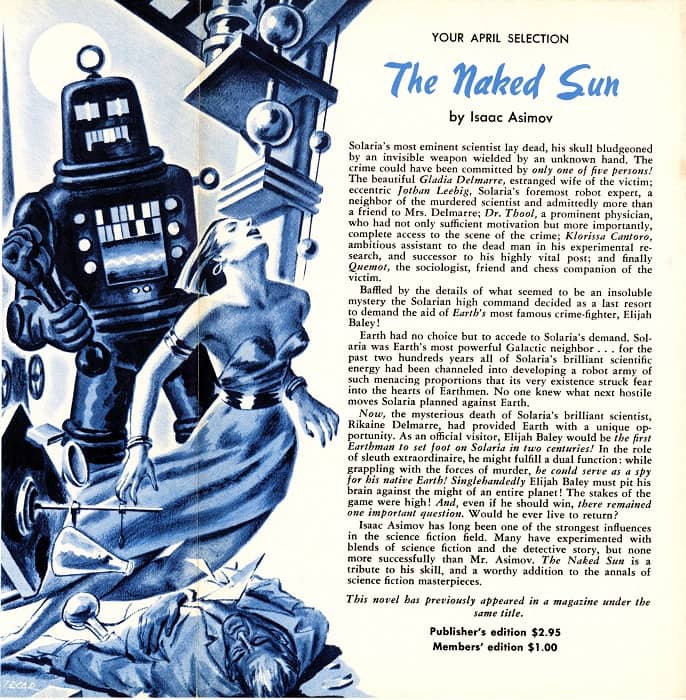A Dream of Finlay
Virgil Finlay art from A Midsummer Night’s Dream (1935)
To sleep, perchance to dream.
And if you’re lucky, perhaps that dream will come true.
If that dream is to buy fifteen Virgil Finlay originals in one fell swoop, then mine came true on the first day of spring sixteen years ago. Thereby hangs a tale. Though with apologies to the Bard, ‘twas neither Hamlet nor The Taming of the Shrew, but another play that figures therein.
Almost from the moment his work first appeared in Weird Tales – debuting in the December 1935 issue – Finlay was the greatest interior illustrator in the pulps. Enamored of his work, Weird Tales editor Farnsworth Wright immediately engaged Finlay’s services for a side project, even as that issue of Weird Tales was hitting the newsstands.
Wright wanted to bring out an eight volume set of William Shakespeare’s plays in inexpensive editions (under the banner “Wright’s Shakespeare Library”), profusely illustrated. In Finlay, he felt he’d found the perfect partner for his project. He commissioned the then 21-year old Finlay to draw a total of 25 illustrations for the first volume, A Midsummer Night’s Dream. Finlay completed this work in the last two months of 1935, and the volume saw print at the end of that year.
